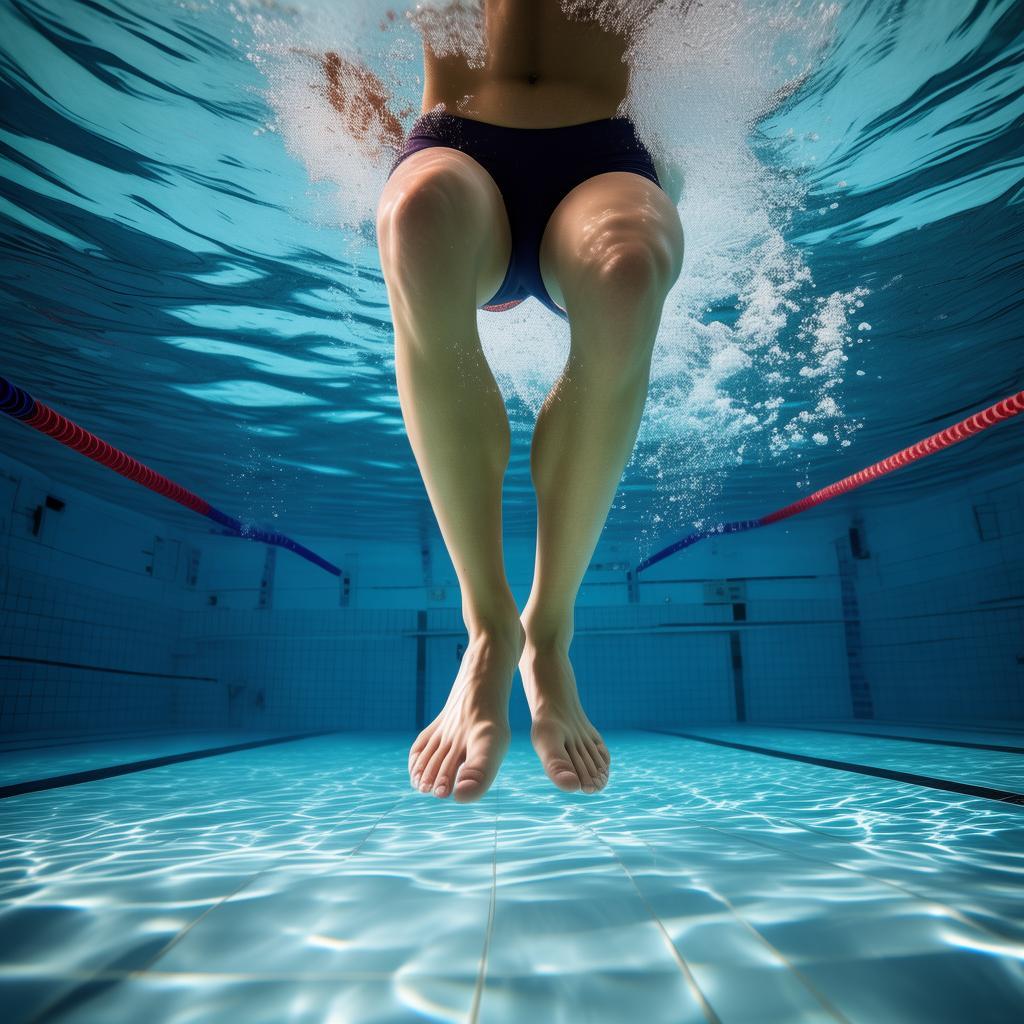Introduction
In breaststroke, the propulsion from the feet accounts for 70%. For those who want to swim faster in breaststroke, it is crucial to continuously strengthen the breaststroke leg – stroke ability. Many beginners in breaststroke often find that although they exert effort in the leg – stirrup movement, the forward progress is not significant. Even when their postures seem correct, there are still problems. So, what are the issues and how can they be addressed? Let’s explore this.
Key Points Affecting Breaststroke Leg – Stroke Skills
Besides incorrect postures, there are several key factors that may hinder the improvement of breaststroke leg – stroke skills.
Stirrup – Clip Disconnection
This is a common mistake among many novices. They interrupt the movement after stirrup – kicking and then perform the leg – clipping, splitting the single stirrup – clip action into two separate positions. Suppose the independent stirrup – pushing force is 1 and the independent leg – pushing force is 1.5. When the stirrup – clip is done together, the combined force exceeds 3, regardless of whether it is a wide or narrow stirrup. Therefore, it is essential to integrate the stirrup and clip actions and avoid derailing them.
Even – Speed Stirrups
Some swimmers have no speed variation between leg – closing and stirrup – kicking, or the leg – closing speed is even faster than the stirrup – kicking speed. Tucking and rolling do not generate propulsion and instead produce frictional resistance, while the stirrup – clip action is what causes propulsion. So, we should slow down during tucking to reduce frictional resistance and accelerate during the stirrup – clip to increase the propulsive force. The force and rhythm should not be the same; slow down when necessary and speed up when appropriate.
Incomplete Leg – Clamping
Many people cannot fully close their legs when clamping at the end. There is always a gap, large or small, which can be frustrating for those with a strong sense of order. Do not underestimate the loss of propulsion caused by incomplete leg – closing. The energy output at the end is crucial for generating the strongest propulsion. Therefore, ensure that the legs are fully closed at the end of each posture cycle.
Lack of Sliding
Some swimmers immediately start the leg – closing and flipping action right after the stirrup – clip is completed, linking the actions too closely. In fact, the stirrup – clip generates a significant pushing force, and after the posture is completed, you can still use the inertial force to move forward again. So, a brief sliding is necessary to utilize this part of the inertial force. If you close your legs immediately before the inertial force is released, you will not only waste this driving force but also feel very tired due to overly consistent movements. Thus, after a breaststroke posture cycle, keep your feet still to use the inertia for another forward slide.
Conclusion
The above four points, in addition to proper postures, are the key aspects that beginners should pay attention to. By focusing on these details, we can make our breaststroke leg – strokes more efficient, generate higher driving force, and ultimately increase our breaststroke swimming speed.





